The 2025 draft season is pretty much over, with players beginning to sign with their respective teams in an expected manner. Before you know it, some of these guys will be competing in the minor leagues and thus be the worry of Rhys White and the Pro-Side team. Before we get there, though, our draft team wanted to take one final look at the 2025 draft, including our favorite and least favorite team drafts, as well as our favorite picks from round 1 to round 20.
On this article's navigation menu, you can find each individual evaluator's thoughts separate from others. At the bottom of that menu, you can click on 'Summary' to see all of our team's thoughts in one place (basically a TLDR version).
We greatly appreciate all of your support through the draft process. We had a highly successful draft live stream thanks to all of you. We are already preparing for the 2026 cycle to be our best amateur coverage yet.
Will Thompson
Favorite Draft Class: Athletics
Certainly other teams were considered here, the Brewers and Twins most notably, but I think the A’s had a terrific draft and this class will continue to build on their already emerging young core. Coming into the draft, I thought there was an outside chance that the A’s took Devin Taylor at 11 to save some money in order to shoot for a prep guy later. Not only did they end up with Taylor, they got Jamie Arnold to fall into their lap at 11 to try and anchor their rotation once they get to Vegas. The A’s pitching lab has quietly been turning heads in the industry lately, and if they can get Arnold to maximize his changeup that generated 52% whiffs at Florida State this spring, that’s a solid #3 starter in the bigs. I’ve been vocal about how highly I think of Devin Taylor, and even with some defensive questions, that bat is way too good to fall to 47. He’s got an excellent approach, doesn’t swing and miss often, hits for power to all fields, and has an above-average hit tool. I love the Gavin Turley pick in round three as well, who has consistently hit for power at Oregon State and for two seasons in the Cape Cod League. West Virginia catcher Logan Sauve is another pick I’m a fan of in the seventh round, and lefty Corey Braun from USF can spin the heck out of the ball. There’s a lot to like here and especially boosted with how the A’s did at the top of this draft; they have to be ecstatic with the crop they came out with. Jamie Arnold and Devin Taylor might be big league contributors by July or August of 2026.
Favorite Draft Picks
1- New York Mets - INF Mitch Voit (1-38)
Voit could have been taken anywhere past pick 30, and he would have been one of my favorite picks of the draft. That’s how much I love Mitch Voit. He was drafted as a two-way, but I’ll believe that when I see it. His future is in the infield. The Michigan star was finally able to just focus on hitting this year, and it paid off in a huge way, hitting .346/.471/.668 with 14 homers, 17 doubles, and 14 stolen bases. The biggest change from the 2024 season, though, was the drastic improvement of his approach and how much he cut down the strikeouts, cutting his K rate down from 23% to just 13% this year. Voit is a well-rounded hitter with a good combination of contact and power and is a plus runner. The defense is average, and his likely home is second base, but he’ll be able to play some 3B too because of his arm. Voit may be a bit undersized, but he sure can hit and is very athletic too. He checks all the boxes you’re looking for and finally got to show what he could do when he was fully healthy this spring. The Mets' farm system continues to improve under David Stearns, and Voit is an addition who I really think is going to take off in pro ball.
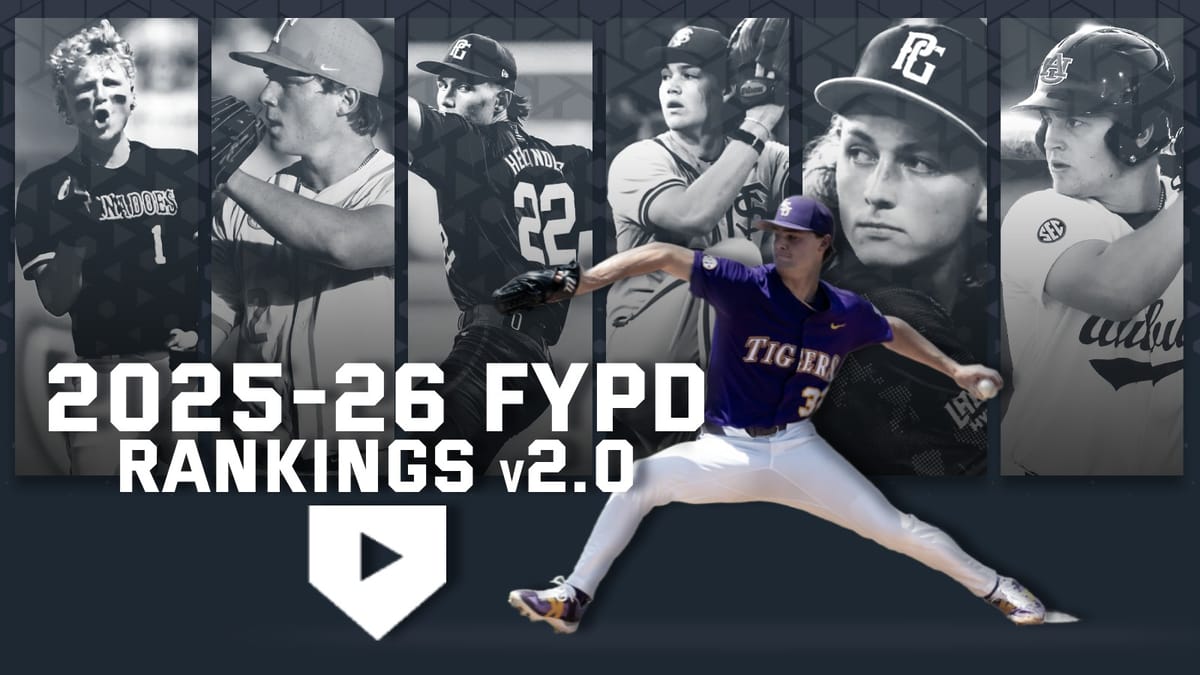
2- Milwaukee Brewers - RHP Joshua Flores (4-125)
I loved Flores coming into this draft out of Lake Central HS in Indiana, but the fit with Milwaukee makes me even more excited. Flores is an undersized righty, but was up to 97 in the spring with an above-average slider and a ridiculous mid-80s power curveball. Yes, you read that right, a prep arm with a mid-80s curveball that legitimately might be a 70 pitch. Now given all that, why on earth was he not taken higher? Unfortunately, Flores has no command or control right now, and the misses are big. However, if there’s any team that can help correct guys with big stuff and strike throwing problems, it’s the Milwaukee Brewers. Keep an eye on Joshua Flores early, and if he shows some command improvements quickly, he’s a guy I would not hesitate to jump on in dynasty.
3- Miami Marlins - SS Aiva Arquette (1-7)
The Marlins finally went away from prep bats in the first round and opted to go with the higher-floor bat of Aiva Arquette under new scouting director Frankie Piliere, and I absolutely love it. I’m a huge fan of Arquette, who is an ultra-athletic 6’4 shortstop with big power potential. He exploded for 19 home runs at Oregon State this seaso,n and the bat to ball skills are better than I think a lot of people give him credit for. The approach needs to improve some and he chases too much, but he will make enough contact and hit for power while being able to stick at shortstop. That’s an incredibly appealing profile, and for an organization like the Marlins, who have really struggled to develop their own position players, Arquette is a safe bet to be an impact big leaguer. Miami passed on Parker and Carlson here, but I think it was the right move and one that will pay off.
Favorite Late Round Pick
Pittsburgh Pirates - OF Eddie King Jr. (16-473)
Eddie King Jr. went on an insane run at the end of the spring at Louisville, and his hot streak catapulted them to Omaha. It’s hard to argue with the production here and his .367/.435/.750 line with 17 HR seems to suggest that he should have been drafted long before the 16th round. His profile is not without its flaws, certainly. King has a 30% whiff and chase rate overall, which isn’t great, but despite that, he only struck out at a 17% clip this spring. He can shorten up with two strikes, but can this kind of approach carry over to pro ball, especially when he’s a below-average defensive outfielder? I’m not sure what the answer is there, but the guy can hit, and he had an .806 OPS over a full summer on the Cape in 2023. King is not someone I would have taken high, but is absolutely worth a flier in the 16th round to see if he can hit his way to the big leagues as a possible short side of the platoon fourth outfielder.
Least Favorite Pick
Cleveland Guardians - OF/1B Nolan Schubart (3-101)
I’m not a big fan of the Guardians’ first-round pick Jace LaViolette, but I understood taking a big swing on a guy with that kind of upside at 27, especially for an organization that needs the power. Taking Nolan Schubart in round three, though, who has very similar problems, I don’t understand. Schubart hit 59 home runs over three seasons at Oklahoma State, but making contact is a major issue. The 6’5 outfielder had a 30% overall whiff rate this spring, including a 40% whiff rate against sliders. He doesn’t chase much, which is a positive, but his swing is too long and it screams a 30-33% K rate in the pros. Unlike LaViolette, Schubart does not have the same defensive upside, being a poor defensive outfielder and likely is going to end up at first base long term. I’m okay taking gambles on guys with hit tool concerns if there’s other strengths to go with it (other than his 70 raw power), but Schubart doesn’t have that. I don’t like the bat path, and he surrounds the ball rather than being direct to it. The power potential is intriguing, but given his limited defensive upside and 30 hit tool, I’m not a fan of taking Schubart in round three.
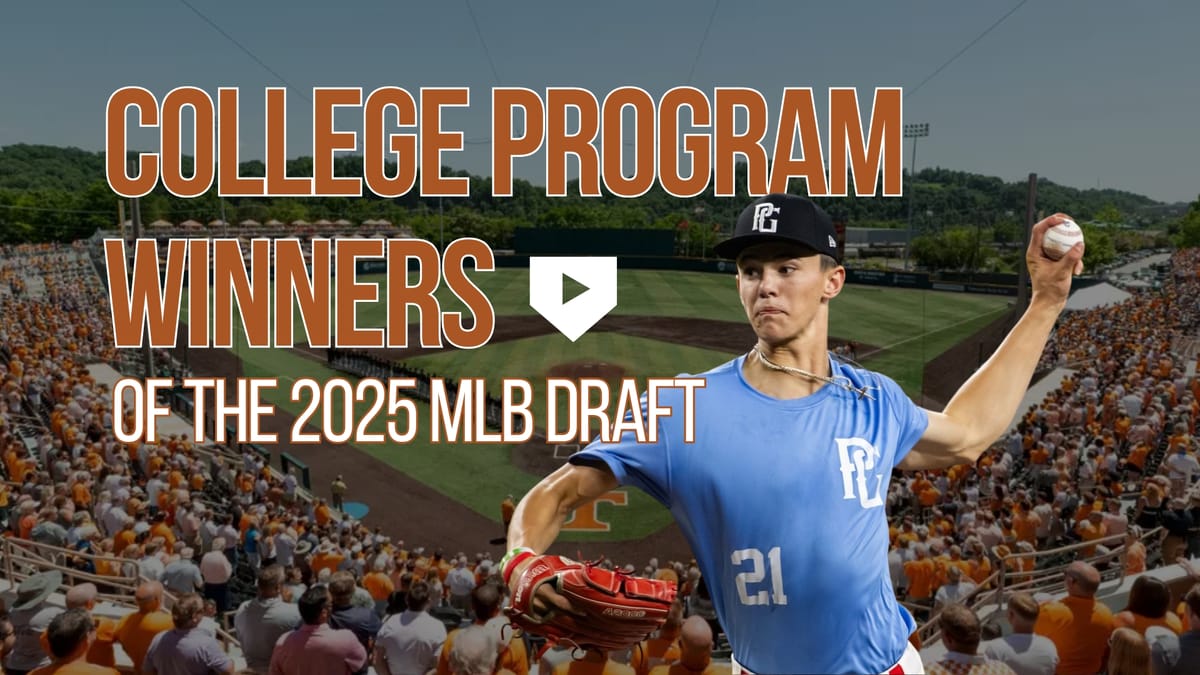
Jake Bargery
Favorite Draft Class: Baltimore Orioles
While it was really tough to choose one draft class as my favorite, I ended up settling on the Orioles. It was widely known that the Orioles had the most picks of any team in the draft this year, and everyone was curious about how they were going to use all those picks. They seemingly had the strategy of picking who fell to them and stuck with it through their first ten or so selections. To start, they got arguably the best college bat in the class in Ike Irish at pick 19 when he was projected by many to go in the first 10-12 selections. Up again at 30 with back-to-back picks, they stuck to the plan of taking the best players that fell to them and selected another pair of college bats in Caden Bodine and Golden Spikes Award winner Wehiwa Aloy. They continued the trend of taking value where it presents itself by selecting Slater de Brun well beyond where most projected him to go as well. One of my favorite arms in the class went with their next selection in Michigan State’s lanky southpaw, Joseph Dzierwa. The value continued down the board as they took more quality college arms in Georgia’s JT Quinn, USC’s Caden Hunter, NJIT’s Holden deJong, and TCU’s Braeden Sloan. While they took some big swings early on, their draft began to take a bit of a turn with some money-saving non-D1 players throughout day two. They didn’t just settle with who was left and continued to find value in some cheaper Juco bats that were destined to Division 1 programs. Overall, Baltimore bolstered their farm with a good combination of players who could both rise through the minors quickly and some who will need a bit more refinement and with them, they can develop them the way they see fit.
Favorite Draft Picks
1- Boston Red Sox - Kyson Witherspoon (1-15)
I feel like Kyson Witherspoon making it to pick 15 was one of the biggest steals of the entire draft. I was shocked he made it out of the top 10, much less still be around at 15. He has the makings of a 2-3 starter in Boston’s rotation very soon. To start, he has 4 real pitch offerings, and he can both throw them for strikes and throw everything with power. His slider is one of my favorite pitches in the class, and he pairs it well with his upper 90s fastball. He also has a cutter and changeup to go along with them that have also flashed as above average. His deceptive arm angle makes it tough for hitters to pick up what’s coming at them as well. He has all the tools to become an MLB starter sooner rather than later.
2- Detroit Tigers - Michael Oliveto (CBA-34)
Allow me to introduce you to Michael Oliveto. Since draft day, I’m sure most of you have had the chance to read up or watch some video on Oliveto, but if you haven’t yet, I’d suggest you do so. This Long Island prepster has one of the prettiest swings you’re going to find from a high school lefty. He has real raw power in the box and has plenty of projection in his 6’3” 185 frame to gain even more. He does have some things to clean up behind the plate, and his ultimate home may end up being in a corner outfield spot where his arm should develop into playing just fine out there. He began gaining some steam as the draft inched closer, and they proved to be true. Oliveto has a lot of loud tools, and I can’t wait to see how Detroit develops them.
3- Philadelphia Phillies - Cade Obermueller (2-63)
The Phillies selected Iowa left-handed pitcher Cade Obermueller with the 63rd pick, and he’s another that I could’ve seen going a lot sooner. After turning down the draft as an eligible sophomore a year ago and opting to return to school, the move really paid off for him this year. Obermueller is a smaller-framed pitcher, but the heater can get up north of the mid-90s and around 98 mph at its peak. His lower arm slot plays to his advantage, allowing the fastball to really generate a lot of sink and the plus slider to play off it well. He’s still developing a changeup, but the command really took a step up this yea,r and his floor is likely a lefty specialist out of the pen but his ceiling could be a mid-to-back end rotation starter and that is nice value in the second round.
Favorite Late Round Pick
Cleveland Guardians - Ryan DeSanto (12-372)
I’ll keep the trend of mentioning my favorite Big Ten arms and use Penn State’s Ryan DeSanto as my favorite late-round pick. DeSanto is a fun guy to watch, and I have been tracking him since 2024 when he was at St. Joseph’s. His fastball isn’t going to blow anyone away as it really only tops out in the low-to-mid 90s, but both the slider and changeup are real above average pitches and are close to being plus with an extra bit of professional development. DeSanto uses a crossfire delivery and a funky arm angle that makes his lower velocity playable and really tough to pick up at the plate. The control and command were both there as he pitched very well for the Nittany Lions this year, and I’d expect more of the same at the next level.
Least Favorite Pick
Detroit Tigers - Jordan Yost (1-24)
It’s tough to choose a least favorite pick as each team obviously sees value in their selections or they wouldn’t take them at the spots they do. It appeared the Tigers were wanting one of the prep shortstops all along, and with the big run we had on them earlier in the first, that was expected. They went with Jordan Yost in an attempt to get the best available option remaining. While again, I can’t fault them for “getting their guy”, there were just a few other high school shortstops still on the board I had higher than Yost like Josh Hammond, Quentin Young, Nicky Becker, and a couple others. This isn’t really a knock on Yost as a player. I just thought that he wasn’t the best prep shortstop available at the time of them selecting, and they left a bit of value on the table.
Max Ellingsen
Favorite Draft Class: Washington Nationals
Upside, upside, upside. Having the first pick in the draft makes things a whole lot easier, but Washington crushed this year’s class and beat out a handful of other supremely talented crops around the league as my personal favorite. WIllits is an easy one, but Ethan Petry in the second as a money saver was a really nice pickup. I think he’ll be a relatively quick mover through their system after alleviating some of his major whiff problems this season. Following Petry, however, with Landon Harmon, Miguel Sime Jr., and Coy James, is a remarkable haul that gives their system a great young core that can develop together and help reset this Washington farm system that needs a refresh. Even as someone who’s lower on Sime Jr. and James in general, I can’t deny just how many swings they were able to take on young prep talent, and that’s a strategy I will always commend. Plus, I liked a handful of their other picks that came in the middle rounds, especially Boston Smith and Jack Moroknek. Just a tremendous class for the new front office in DC.
Favorite Draft Picks
1- Boston Red Sox - Anthony Eyanson (3.87)
This is a pure value play here for Boston. Managing to scoop up one of the better pitchers in all of college baseball this season, Eyanson possesses a nasty slider and a lean, projectable frame that’s already touching into the upper-90’s, though it’s metrically not all that impressive. Eyanson’s fall into the third round feels like teams may be over-thinking this one. There’s some issues with the pitch mix, and it’s maybe not the biggest ceiling in the world, but the production is simply undeniable. His stuff plays, and there’s enough athleticism and size in his profile to imagine a world where he tweaks his heater just a bit and is able to sit in the mid-90s deep into starts. It’s no sure thing, but it’s absolutely a shot worth taking in the third round.
2- Milwaukee Brewers - Daniel Dickinson (6.185)
Another pick that seems like tremendous value, Dickinson slipping to the Brewers in the sixth round provides them a high-floor college bat that’s hit everywhere he’s been. A collegiate second baseman may not be the kind of pick that gets people fired up, but Dickinson’s ability to command the strike zone and barrel up the ball are going to play beautifully in the Milwaukee development system, and he could easily look like a massive steal this time next year. It wouldn’t be a big surprise if he gets out of the gates quick in pro ball and makes his way to Double-A by the end of next year. He’s a player I thought would go a few rounds earlier than he did, and though I don’t think he’ll headline a system, I think his skills will translate and he’ll be able to produce in this loaded Brewers system. Really great value for the Brew Crew.
3- Seattle Mariners - Korbyn Dickerson (5.152)
This is just a fun pick. This could ultimately end up going a ton of different ways, but Dickerson has the tools to be an All-Star caliber player if everything comes together for him. A very cognizant and reflective player, Dickerson should fit well in a Seattle dev system that emphasizes the mental side of things and truly hammers the importance of commanding the strike zone into their players. Between the power, speed, and defense, Dickerson’s only real wart (though considerable) is the hit tool, and if he’s able to just be below average in that department, he’s a tremendously valuable asset for any team. Considering his production this season, seeing him available in the fifth round came as a shock on draft day and should give Mariner fans a compelling player to watch for as soon as he makes his pro debut.
Favorite Late Round Pick
Los Angeles Angels - Talon Haley (12.349)
The player here is plenty talented, but this kid has such an inspiring story I can’t help but include him as my favorite late round pick. Haley, a high school left-hander out of Mississippi, underwent TJ surgery as an eighth grader. While rehabbing, Haley was diagnosed with lymphoma, yet continued to play and rehab his elbow as he underwent chemotherapy. He again had to get reconstructive surgery on his elbow after beating cancer, and ultimately finds himself getting drafted by Los Angeles with a day one pay day to boot. Outside of the player, the stuff is quite compelling. There’s a good feel to spin the baseball between a curve and slider that project well moving forward, and the 6’2 hurler has already touched 97 while comfortably sitting in the low 90’s with solid command. The medical history might be some of the worst in the draft, and I understand the severe risk that’s associated with a player like this, but it’s just impossible to bet against a kid that’s already battled as much as he has. If he can stay healthy (it’s a big if), he’ll be a really nice grab for the Angels.
Least Favorite Pick
Colorado Rockies - J.B. Middleton (2.45)
I’ve been rather low on Middleton this entire cycle from a talent/projection standpoint and don’t see him as a true difference maker in a rotation long term, but ending up in Colorado essentially put the nail in the coffin. Though his changeup will play better in Coors than a pitcher who wholly relied on spin, I just don’t see the player living up to this draft position. There’s some strength to add, sure, but at just six feet tall as a right-hander, he’s already fighting an uphill battle due to his size and will need to see his stuff tick up while maintaining his command in order to stay on the starter route. Even if it all goes well, this screams of a backend starter. I don’t see the ceiling here to warrant a selection this early in the draft, and even though his production was excellent this season for Southern Miss, I can’t help but think this player-organizational match could end up underwhelming.
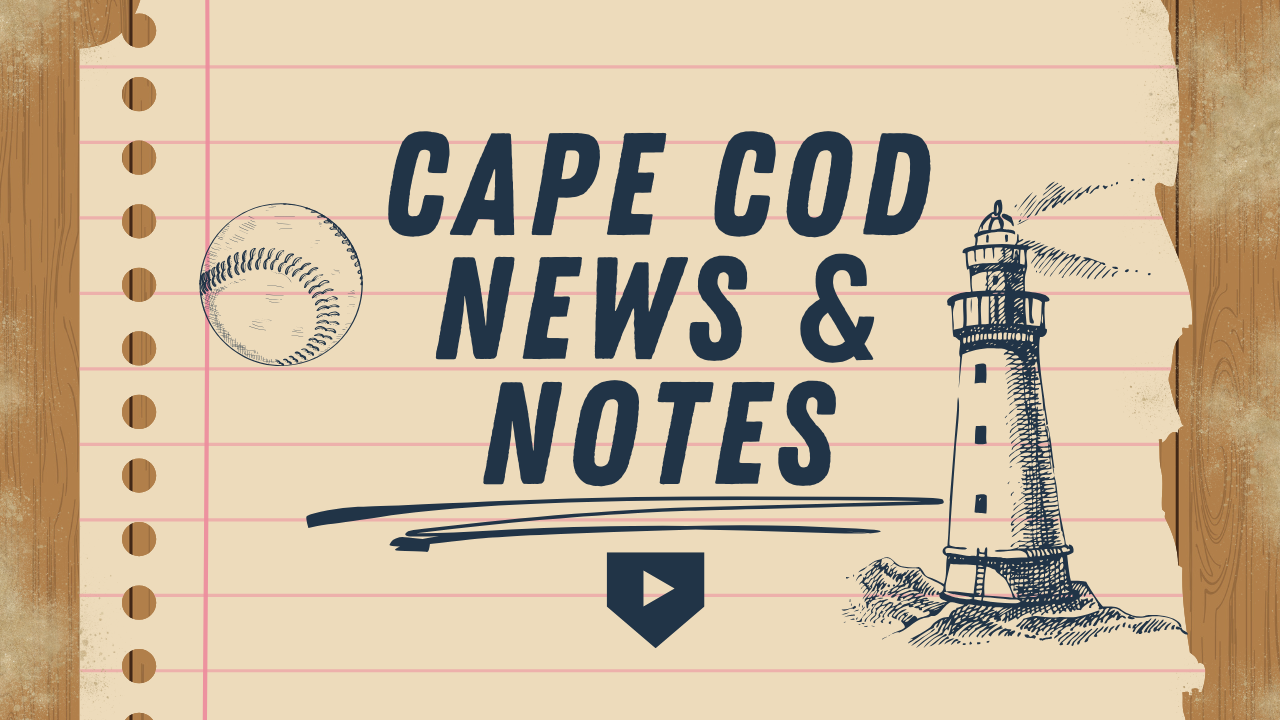
Jacob Maxwell
Favorite Draft Class: Pittsburgh Pirates
I thought the Dodgers, Rays, Marlins, and Phillies all deserved consideration here, but I ultimately went with the Pirates. With the 6th overall pick, they landed my favorite player in the class: RHP Seth Hernandez. Despite the traditionally risky demographic of high school pitchers, Hernandez offers upside that few others in this draft can match. He’s an excellent athlete on the mound with a starter’s build at 6’4”. There’s potential for four above-average or better pitches. His fastball sits in the mid-to-high 90s and projects as a plus offering. His best pitch is a 70-grade changeup that was nearly untouchable at the high school level. A Skenes/Hernandez/Chandler rotation is something for Pirates fans to dream on. Pittsburgh also drafted several of my favorite early-to-mid-round prospects. Angel Cerventas has a chance to become an impact starter in the big leagues. Murf Gray and Easton Carmichael both tore up the Cape Cod League last summer. Adonys Guzman, Brent Iredale, and Jared Jones each possess at least one plus tool and performed well in the College World Series. One of my favorite late-round picks was Eddie King Jr. in the 16th round. He’s a strong athlete with excellent power who demolishes left-handed pitching. King could become an impact platoon outfielder down the line. The Pirates knocked it out of the park with this draft. They’ve proven they can develop pitching, and they added plenty of talented arms to work with. They also targeted a mix of college performers and high-upside high schoolers. I think there are plenty of future big leaguers who just joined the Pirates’ organization.
Favorite Draft Picks
1- Tampa Bay Rays - Brendan Summerhill (CBA-42)
Summerhill was the number 12 overall player on my board and my number one player from the Cape League last summer. Somehow, he slid all the way to the 42nd pick, where one of the better drafting teams in baseball in the Rays, got yet another steal. Summerhill has one of the top hit tools in the draft. He had an excellent 91% zone-contact rate in the Spring and had strong numbers against both velocity and spin. The power wasn't really there this year, but I'm confident it's closer to an average tool than many people believe. Summerhill is a capable athlete in the outfield where he can either stick in center or play an above-average corner. He’s one of the higher probability big leaguers in the class for me, and my favorite selection overall.
2- Atlanta Braves -Alex Lodise (2-60)
Lodise is one of my favorite picks in the draft, and that does not even factor in his underslot deal at pick 60. The hit tool has some major questions, but an 84% zone contact rate gives me some hope he can make it work as a 40 grade tool or so with some approach improvements. The power is some of the best from any MIF in the draft, and there is 20+ home run potential if the hit tool performs well enough. Lodise is an above-average defender at shortstop with a strong arm and should stick at the position in the major leagues. If Lodise develops, he could mold into an above-average, power-hitting shortstop, which is an excellent pick at this point in the draft.
3- Seattle Mariners - Korbyn Dickerson (5-152)
Dickerson is another player with some questions about his hit tool but major power upside at a premium position. He posted some of the loudest exit velocities in the country this season at Indiana and has 20-home-run potential if everything comes together. He’s an excellent defender in center field and should remain there in the big leagues. If the hit tool develops, the Mariners got a steal in the fifth round.
Favorite Late Round Pick
Pittsburgh Pirates - OF Eddie King Jr. (16-473)
I do think King has a legitimate chance to crack the Major Leagues one day as a 16th-round pick, which would be exceptional value. He’s an above-average athlete with plus raw power. King has pretty bad contact numbers but has much better splits against left-handed pitching. He was one of my favorite players to watch on the Cape in 2023 and was a key piece to an Orleans team that made a finals run. He continued to perform in the ACC on a Louisville team that made it to Omaha this past spring. King has the upside to be a capable corner outfielder who demolishes left-handed pitching. There is always room for players like that on big league rosters.
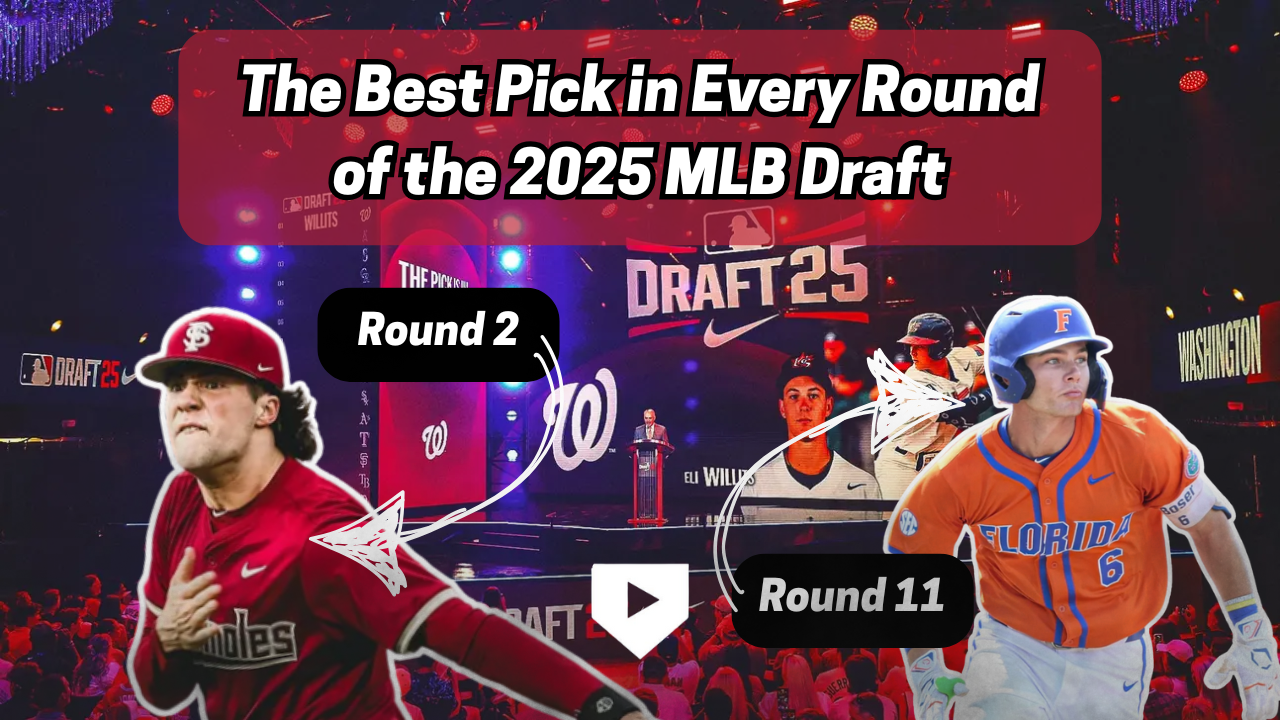
Least Favorite Pick
Los Angeles Angels - Tyler Bremner (1-2)
Bremner is a good player and has a chance to carve out a nice career as a mid-rotation starter. This pick is less about him and more about the Angels, who drafted him second overall. I’m aware they saved a ton of money here, but I’m just not a fan of the move when the organization lacks talent throughout. If they wanted a starter who could move quickly, why not just take Kade Anderson? I would have much preferred to see guys like Billy Carlson, Liam Doyle, Jojo Parker, or Seth Hernandez here as well. When you pick second overall, I believe you have to take the most talented players available. Again, nothing against Tyler Bremner, but the Angels will have the chance to pick a player like that in almost every draft.
Ethan Kagno
Favorite Draft Class: Miami Marlins
While it’s hard to omit what the Baltimore Orioles did, they likely had the best draft class, especially on Day 1 with Ike Irish, Caden Bodine, Wehiwa Aloy, and Slater de Brun. But my favorite draft class had to be Miami. It was a slam dunk pick after Aiva Arquette, in my opinion, fell into their laps at seventh overall. Arquette possesses one of the safer floors in the draft, with above-average to plus tools across the board. While we knew what he was capable of offensively, his defensive skills wowed me at shortstop on the Cape with soft hands and fluid actions, fitting into that Carlos Correa mold at 6-foot-5, 220 pounds. Cam Cannarella was a great pick at 43rd overall and should draw some comparisons to a younger Pete Crow-Armstrong back in 2020. While the power is below-average, Cannarella has plus hit, run, and fielding tools with exceptional bat-to-ball skills and athleticism that should help him become Miami’s centerfielder of the future. Three picks later, the Marlins selected Brandon Compton, who performed well with a wood bat on the Cape and posted elite exit velos with above average speed on the bases. Miami stayed on the Cape by selecting Drew Faurot, Max Williams, and Chris Arroyo with their next three picks and then Jake Clemente in the seventh round. Faurot was one of the hardest working players I spent time with on the Cape in 2024 and would always put the work in to be the best player he could become. I doubt that will be any different in the pros as the switch hitting middle infielder flashes average tools across the board with the ability to tap into even more power from both sides. Jake Clemente proved to be battle-tested in the SEC and on the Cape. While there is reliever risk here, his mid-90s fastball featured a 35% miss rate and was complemented nicely by a mid-80s downward slider that generated some chase. His ceiling will depend on whether he can hone in his command and further develop a third pitch.
Favorite Draft Picks
1- Milwaukee Brewers - 3B/1B Andrew Fischer (1-20)
In our final consensus mock draft, our team actually slotted Fischer here to the Brew Crew at 20. We noted how Milwaukee has trended the direction of underslot early with an emphasis on bats in recent drafts. Although this was considered the beginning of his range, I think the Brewers took one of the safer offensive profiles in the draft and fits that Brock Wilken type mold in terms of power. Fischer has elite bat speed, and he posted hard exit velos both in the SEC and with a wood bat on the Cape. He improved his plate discipline and increased his walk rate and decreased his strikeout rate by roughly seven percent each. It’s a makeup capable of hitting 25+ home runs at the big league level and the ability to hit for average while getting on base at a high clip. While there are defensive concerns with many feeling he’ll only be able to handle first base at the next level, Fischer was announced as a third baseman on draft night where his above average arm could play. Ultimately, he may fit best across the diamond when it’s all said and done, but Milwaukee is clearly invested in the bat-first prospect with Max Muncy comps.
2- Detroit Tigers - LHP Ben Jacobs (3-98)
I wrote some analysis on Ben Jacobs back in February, citing how I viewed him as a top-three round selection this month, and that’s exactly where he went, slotted within the top 100 at 98 to the Tigers. The above average fastball is what stands out with a deceptive short arm action behind it. Although it sits in the low 90s, it features plenty of carry and tail that helped him strike out 222 batters in 150 innings at Arizona State. He has two breaking balls and a low 80s splitter that missed Cape bats 53% of the time in 2024, with a 34% chase rate last spring. The Tigers had a farm need of grabbing a southpaw and have done pretty well in recent years developing collegiate arms. Jacobs’ ceiling is that of a fourth or fifth rotational starter, but could still find success in a high-leverage role out of the pen given his high strikeout potential.
3- Detroit Tigers - OF Nick Dumesnil (8-249)
While I don’t think the Tigers had the best overall draft, this is the second pick I thought they did well on. I spent plenty of time with Dumesnil on the Cape in 2024, and following a rocky start with the wood bat, slight adjustments were made (seen here) with his bat as he quickly became one of the best players on the summer circuit. In my opinion, Dumsenil had the talent to be a first round pick, with many across the industry having a top 100 grade on one of the best mid-majors in the country. The biggest concern has been the overall hit tool and rightfully so. He crushes fastballs but had trouble picking up spin, whiffing roughly 33% of the time and chasing the slider around 38% last spring. While he was undoubtedly an all-star on the Cape, the plate discipline wasn’t always there with his chase rate at 41%. However, if the Tigers can help improve the below-average hit tool, you’re looking at a legit five-tool athlete with 20/20 upside found in the eighth round. It’s above average power thanks to elite bat speed (high 70s) that he showcased on the Cape, paired with above average fielding, speed, and an arm that could roam any three of the outfield spots. Teams may look back and question why they passed on him in the earlier rounds if Dumesnil refines his pitch selection, tweaks his plate approach, and adjusts to spin in the pros.
Favorite Late Round Pick
Philadelphia Phillies - RHP Jacob Pruitt (15-461)
Pruitt has the ceiling of a high-leverage reliever and impressed during his sophomore season at Indiana State before entering the portal and landing at Mississippi State last spring. While the control issues are prevalent (15.8 BB% in ‘25), Pruitt relies on his secondary offerings that features a mid-80s slider and changeup that missed bats more than 40% of the time. He’s deceptive from a side arm slot, and like many other relievers that aren’t overpowering, he must induce soft contact and generate grounders, which he did at a 57% rate among balls put in play as a Bulldog. While he isn’t garnering much chase, the ability to miss bats in-zone with his secondaries and keeping the ball on the infield with his low 90s sinker could help him carve out a bullpen role in the pros.
Least Favorite Pick
Washington Nationals - 1B/OF Ethan Petry (2-49)
Add Petry to the Jace LaViolette’s, Nolan Schubart’s, and Brody Donay’s of the world that all have plus to double-plus raw power and some of the worst present hit tools in the draft. Don’t get me wrong, Petry still found ways to reach base thanks to a near 14% walk rate at South Carolina. He offers some of the best raw power and showcased it in-game on the Cape in 2024, winning the league’s MVP award with 11 home runs. When working for Brewster, we found success against him with velo up in the zone and secondaries below the knees. He whiffed at half the sliders he saw and struggled mightily against changeups vs lefties. There’s no reason to think teams won’t continue to attack him this way, and there hasn’t been much improvement in these areas. On the defensive side, he’s likely destined for first base since he lacks any athleticism to continue garnering corner outfield reps. His ceiling is an Adam Dunn/Adam LaRoche type that could hit 30+ home runs after tapping into his elite power; but that’s all to say if he can make contact with anything other than velo, giving him a relatively high risk/low floor profile. Personally, I would have considered other names in that range, such as Quentin Young, Nick Becker, or Dean Curley.
Drew Wheeler
Favorite Draft Class: Milwaukee Brewers
With all the praise heaped their way throughout the article, I am surprised no one yet has selected the Brewers – a team I would place comfortably towards the top of the heap for this year’s MLB Draft. With all due respect to the Philadelphia Phillies, whose draft I referred to on our Draft Stream as following a plan most closely resembling “just pick players Drew likes,” I think the Brewers may have one-upped the Phils in this category. Starting in the first round with the best college bat in the draft in my humble opinion, Andrew Fischer, the Brewers followed these selections with ones you have already seen written up here – Joshua Flores, Daniel Dickinson, and Jacob Morrison – and day one left-handers J.D. Thompson of Vanderbilt and New Jersey prepster Frank Cairone before selecting one of my favorite sleepers late on day two. One of the richest systems in baseball got even richer last weekend.
Favorite Draft Picks
1- Chicago White Sox - Billy Carlson (1.10)
I don’t want to bury the lede, but Slick Billy’s got a 70 glove – and I am betting this tool alone will carry him to the South Side of Chicago. I do not think this is groundbreaking analysis, but where I might differentiate from others is in saying I think Carlson’s hit tool is just as good as any high school shortstop’s for this point in their career. Barring Jojo Parker, I think there are a lot of very talented prep shortstops in this class, but there are things to work on for each of them – I like Carlson’s floor as a solid-defensive, strong-armed, smooth-actioned batter whose fledgling power and hit tool could only complement his high-floor profile. As I have said many times before, this is a marble floor whose ceiling is still being established; for now, I’m waving the flag and dreaming of the ample upside.
2- Minnesota Twins - Riley Quick (CBA 1.36)
There are so many avenues to success for Riley Quick, a former four-star offensive tackle recruit whose body is, as you would expect, XL-framed with all the capability of withstanding significant professional innings counts. Essentially the same size as Hunter Gaddis, Quick could theoretically enjoy the Twins’ track record for pitching development and become a larger-bodied right-handed starter. From an arsenal perspective, the sinker operates much like George Kirby's or Lucas Erceg’s, with 10” iVB and 16” arm-side movement at about 97 MPH, while the slider sits about 85 MPH with -3” of iVB and 8” gloveside movement – in line with Yariel Rodriguez’s sweeper, though the latter may have a bit more bite. If it’s a relief piece, Quick is quite literally a back-end bully, though I am fully on-board with the idea of professional development making the former Alabama weekend starter another SP weapon for their system.
3- Kansas City Royals - Nolan Sailors (4.128)
I joked before the draft how if the Royals selected Jace LaViolette with the 23rd selection of the first round, he might immediately become the best outfielder in the Royals’ system. I would not jump so quickly to the same conclusion with Sailors, an athletic contact hitter who stood out in a stellar Regional round performance in Fayetteville, finishing a single shy of the cycle and walking in the ninth inning fully aware of this fact. Sailors got on base exceptionally well while decreasing his strikeouts from season to season each of his years at Creighton. There’s some pull-side power in Sailors’ gap-conducive swing, and as Jake mentioned earlier in the year, the outfielder has a well-defined clutch factor. I truly wonder if there is any more power to be tapped into with Sailors, whose contact and speed are strong enough assets to dream on for a league-average major-league outfielder who could surprise if more power manifests.
Favorite Late Round Pick
Milwaukee Brewers - Cooper Underwood (12.365)
Over his senior season, Underwood added velocity and strength to his left-handed fastball, reaching 93 and averaging 91 on a pitch with considerable carry and horizontal break. The secondaries are stronger than the heater, with both his curveball (drops off the table in the high-70s) and slider (low-80s, tight movement) reaching some of the draft’s best spin rates. The Georgia pitcher’s performances in the Draft Combine Showcase left Nate impressed with his poise and polish, things I was delighted to hear. Underwood is athletic and has an excellent understanding of strike-throwing and command – especially for an 18-year-old – and mixes his pitches well, too. At 6’2”, Underwood still can add muscle – and presumably, more velocity yet – to his frame, and as I mentioned with Riley Quick above, I trust professional development – especially the Brewers’ development system – to make the best of one of the most underrated prep arms in the class.
Least Favorite Pick
Atlanta Braves - Tate Southisene (1.22)
This is not as much a knock against Southisene – an athletic, up-the-middle player with strong bat control and more power and aggression at the plate than his brothers Ty (Chicago Cubs) and Tee (USC Trojans) – as it is a knock on what the pick represents for the Braves’ draft afterwards. I understand the Braves’ plan was probably to underslot the first few rounds in order to attain a stronger class overall, but I think the players the Braves ended up going overslot for – North Carolinian left-hander Briggs McKenzie (4.127) (velocity is fledgling and inconsistent through starts and still needs to build consistency with his offerings and refine his control) and Illinoian LHP/OF Conor Essenburg (5.157) (physical, but likely needs to settle as either a pitcher or batter individually to maximize his potential) – offer a bit more questions than answers as the long-term development bets the Braves are paying primo dinero for. At this point in the draft, I wonder if Atlanta may have been better served selecting college arms like Gage Wood, Patrick Forbes, Riley Quick, or Zach Root to achieve a similar goal, or even dipping into the prep bat ranks with Sean Gamble, Slater de Brun, or Michael Oliveto.
Joshua Salguero
Favorite Draft Class: Pittsburgh Pirates
Pittsburgh’s draft strategy in the first half was to pick the best player on the board, and it turned into one of the best drafts. Seth Hernandez was the first guy off the board for them, and he has some of, if not, the best stuff among all pitchers in this class. He’s got a fastball that’s reached 100, a change-up that rivals Tyler Bremner for best in the draft, and a plus slider and curveball. Angel Cervantes was selected with their second-round pick and has shown positives on all aspects of pitching, from his command to his pitch movements, to his mechanics. He’s still just 17 and should take a while to develop in their system, but with the proper development, he can turn into a mid-rotation starter. Murf Gray was the 73rd overall pick and has some of the best raw power thanks to his 6 ‘4 230 frame. Along with the power, he has elite contact skills, although the swing decisions lead to some swing and miss. With an improvement to his pitch selection, he can end up as one of the better bats from this draft class. The college catcher selections of Easton Carmichael and Adonys Guzman are bats that really blossomed in 2025, with plate discipline being the strength of their approach. Both rate as good defenders, but Guzman is a step above, and I would go as far as to say as being the best defensive catcher in the class. Perhaps one of the biggest steals of the draft, Jared Jones fell all the way to the 9th round and has been one of the best college bats during his tenure at LSU. Swing and miss is definitely a concern, but he’s a big-bodied bat with elite bat speed and exit velocity numbers that translate to 60 grade power. Connor Hamilton and McLane Moody are a pair of prep arms taken in 14th and 15th rounds and ranked among the best arms in their respective states. Both are tall human beings, and each has fastballs that can top out in the mid-90s and have plus shape to them.
Favorite Draft Picks
1- Pittsburgh Pirates - Seth Hernandez (1-6)
Not as exciting choosing a first-round pick as one of my favorite picks, but Seth Hernandez was my personal #1 on my draft board. He has among the best stuff of anyone in this draft class and has plus offerings on all four of his pitches. The Pirates have become a pitching hub and consistently churn out average to above average pitching, both from their prospect system and outside pickups and having Hernandez develop in their system can turn him into an ace. Hernandez has reached 100 with his fastball and with his lanky 6 ‘4 figure, still has room to grow and sustain that power to consistently hit 99-100. His mechanics are smooth and repeatable, and with his frame, may lessen the stress on his arm. His change up can be argued as the best in the class, with characteristics of a heavy late drop with elite separation from his fastball. His curve and slider both have above-average spin rates and can become plus-plus pitches with improvement with their command. Among PLive staff, there are concerns about the fastball shape and tunneling, but the same concerns were present with Skenes, and clearly, he’s overcome that. The stuff alone gives him ace potential, and the Pirates can potentially have a three-headed monster of Skenes, Chandler, and Hernandez in four or so years.
2- Los Angeles Dodgers - Cam Leiter (2-65)
It feels a little like cheating, including a Dodgers pick here, but I really love Cam Leiter’s potential. He is coming off shoulder surgery, which is always a threat to pitchers’ careers, but before the surgery, he had a high velocity fastball and was able to rework his slider into becoming a deadly weapon. All four of his pitches were average at worst, with his slider and fastball both being graded plus-plus pitches. He has a clean delivery and elite extension which allows for elite tunneling and creates the deadly combo of his fastball and slider. Again, all potential relies on the success of his recovery from shoulder surgery, but with a healthy recovery, Leiter can be a scary piece in the Dodgers' rotation and a potential frontline starter.
3- Baltimore Orioles - Colin Yeaman (4-124)
Yeaman is someone I had the chance of watching in person multiple times, so I’m more familiar with his skill set. He seamlessly made the transition from JUCO ball to D1 baseball and didn’t miss a beat. He finished the year with an OPS over 1.000 and showed solid pop, although it will most likely play out as in-the-gap power rather than over the wall. He has the ability to hit velocity well and has a good contact profile with low chase rates and good contact percentage. His future may be limited to second or first base as he lacks the quick footedness and speed to remain at shortstop but his bat skills should still allow him to make a positive impact. Even if the power never truly develops, he has the potential to become an everyday starter at second.
Favorite Late Round Pick
Los Angeles Angels - Talon Haley (12-349)
These next two are going to be double dips from the Angels because what an interesting draft they had. Haley has a story you just have to root for, overcoming Tommy John surgery, Non-Hodgkin’s Lymphoma, and a second major elbow injury. He is on the older side for a high school pick, being drafted at 19.5, but the potential his stuff shows is too good to pass up. Even with the injury concern, his stuff came back better than ever. His fastball has good tail and reaches 97, his curve has a big drop that starts late, and his change and slider both grade out around average. A lot hinges as his ability to stay healthy as well as improve his control but he has the ability to become a mid rotation starter, potentially better with the improvement of his latter secondaries.
Least Favorite Pick
Los Angeles Angels - Chase Shores (2-47)
Overall, I did enjoy what the Angels did, selecting Bremner 2nd overall to go underslot and select the barrage of prep pitchers in the later round. I did not, however, enjoy their second selection of Chase Shores. Shores does have electric stuff and easy power that comes from his giant frame, but I don’t see him as anything more than a bullpen piece. For a second-round pick, I would expect to target a safer starter prospect, especially with guys like Anthony Eyanson, Cade Obermuller, and AJ Russell selected later on. Shores nearly signed for the full second-round slot value, so this selection can’t be discarded as an underslot pick to target their prep guys. His two pitches, the fastball and slider, are elite pitches and could allow him to play in a major league bullpen right now, but there is a lot of work needed to move him to the rotation, and the Angels aren’t exactly known for taking their time with prospect development.
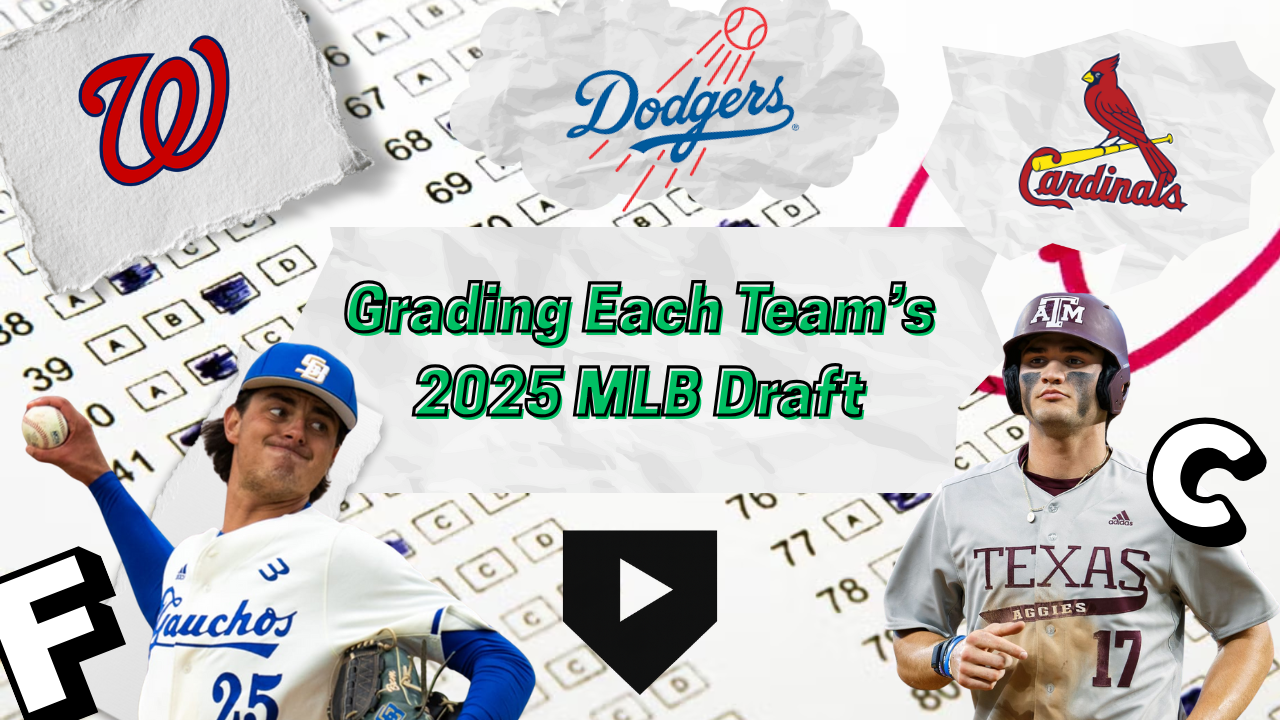
Nate Rasmussen
Favorite Draft Class: Minnesota Twins
The Twins had an incredible draft this year, despite not hitting an absolute home run with their first pick. Don’t get me wrong, I like Marek Houston a lot, but he wasn’t the sexiest pick in the draft. Down the board is where the Twins thrived, and they started by picking up Riley Quick at pick 36. Quick has some of the most upside of any pitcher in the 2025 class, being limited in 2025 after TJ the year prior, but still reaching 99 on an electric fastball. After Quick, the Twins grabbed one of the highest upside prep bats in Quentin Young, a kid who might have 70-grade raw power. I’m a huge fan of taking big upside swings in the middle of day one, and the Twins did just that with Quick and Young. James Ellwanger was a value pick out of DBU in the 4th, and Jason Reitz is a 6’11 pitcher out of Oregon with all the potential in the world if the fastball can improve. In the 5th round, things got really fun, with my favorite pick in the draft being Matt Barr at 149. Barr comes from the junior college ranks, can touch the upper 90s with his fastball while spinning breakers at over 3,000 rpm’s. I am thoroughly surprised Barr did not go to Tennessee, although that is still a possibility. In the 6th round, the Twins took another one of my favorite prospects, Bruin Agbayani. Bruin was the star of the MLB Draft Combine, lapping the competition at the event despite being ranked below most of them entering the event. Agbayani profiles as a leadoff non-shortstop infielder with great plate vision skills. Further down the board, Justin Mitrovich and Callan Feng both look like impact pitchers from the mid-major ranks. The Twins collected high upside prospects at a discount like no other team in 2025.
Favorite Draft Picks
1- Athletics - Zane Taylor (5-141)
Zane Taylor is simply a surefire starter in pro ball. He was one of my favorite underslot college senior options in this year's class, with the A’s scooping him up in the 5th round at value. This will likely be an underslot play with Taylor having no leverage at 23 years old. The righty comes from UNC Wilmington, where he was the CAA pitcher of the year, posting gaudy numbers. Taylor is a command over stuff guy, but can still light up the radar gun with velos up to 98 mph. He’s a VAA darling with low release heights, good extension, and deception built into his delivery. The fastball leads the profile, but he has three other 50 or better pitches in a changeup, curveball, and slider. I could see Taylor adding more pitches to his repertoire in pro ball to become the ultimate crafty command guy that could fill out the back of the A’s rotation in a couple of years.
2- Royals- Josh Hammond (1-28)
Josh Hammond was one of my favorite prep prospects in the draft, with pick 28 looking like a steal for the Royals to get Hammond with their second first-round pick. A former two-way player, Josh is now just focusing on hitting, showing infinite potential on that side of the ball. Hammond is a freak athlete, with plus power and speed, while profiling as a third baseman long-term. I don’t think it's unrealistic for Hammond to be a 50 hit, 60 power, above average fielder at his peak, which should have Royals fans incredibly excited for his future.
3- Brewers - Jacob Morrison (3-93)
Jacob Morrison was one of, if not the best, starting pitchers in college baseball this past year. The 6’8 righty missed the 2024 season after Tommy John surgery, but didn’t miss a beat this year, topping out around 95 mph with one of the best fastballs in college due to its deception and control. As Morrison adds velo in pro ball, the fastball could turn into one of the best in the league. His secondaries leave a bit to be desired, but they show the promise of plus pitches at the next level. You can’t teach 6’8, you can’t teach the attack mindset, and you can’t teach the fact that Morrison simply refused to lose games in college. He’s the perfect blend of potential and floor, and the Brewers are the perfect landing spot for a guy like him.
Favorite Late Round Pick
Dodgers - Anson Aroz (19-585)
Anson Aroz is an electric baseball player who simply competes in every moment. Aroz was announced as a catcher at signing, but will likely see some time in the outfield as well, in a Swiss-army role for the Dodgers. Aroz hit 17 home runs last year with a .417 OBP, posting his first truly above-average season during his 4-year career with the Ducks. I think there is a polished hitter in Aroz who can hit for enough power to mitigate any hit tool issues at the next level. He likely profiles better in the outfield as well, where he has a knack for making SportsCenter Top 10 plays.
Least Favorite Pick
Cubs- Kane Kepley (2-56)
I wanted the Cubs to take more big swings in the draft, and Kane Kepley is the opposite of a big swing. He’s a small contact hitter who runs well, but he isn’t a naturally gifted athlete. He can play some center field, but on a team with PCA, putting Kepley in a corner really reduces his defensive value. He has a sound approach at the plate, but I think all of his tools will play down at the next level, rendering him as more of a gadget player than anything else.
Summary
Favorite Draft Class:
Miami Marlins, Athletics, Pittsburgh Pirates (2), Baltimore Orioles, Minnesota Twins, Washington Nationals, Milwaukee Brewers.
Favorite Selection:
Anthony Eyanson, Andrew Fischer, Ben Jacobs, Nick Dumesnil, Mitch Voit, Joshua Flores, Aiva Arquette, Brendan Summerhill, Alex Lodise, Korbyn Dickerson (2), Kyson Witherspoon, Michael Oliveto, Cade Obermueller, Zane Taylor, Josh Hammond, Jacob Morrison, Daniel Dickinson, Billy Carlson, Riley Quick, Nolan Sailors, Seth Hernandez, Cam Leiter, Colin Yeaman.
Favorite Sleeper Pick:
Jacob Pruitt, Eddie King Jr. (2), Ryan DeSanto, Anson Aroz, Talon Haley (2), Cooper Underwood.
Least Favorite Pick:
Chase Shores, Ethan Petry, Nolan Schubart, Tyler Bremner, Jordan Yost, Kane Kepley, J.B. Middleton, Tate Southisene.





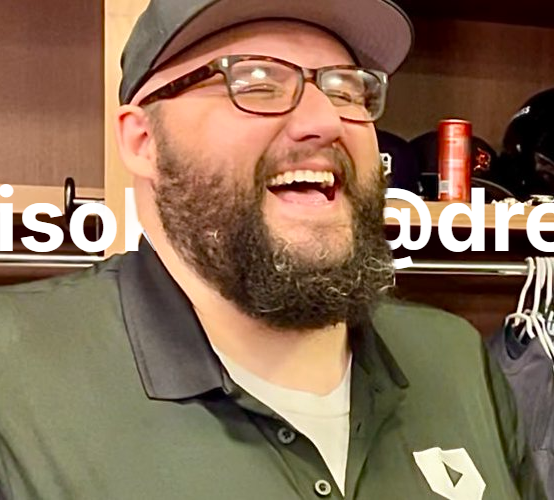

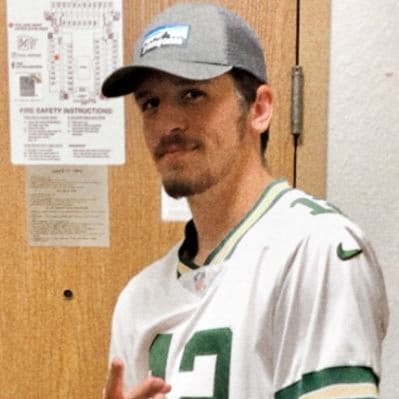
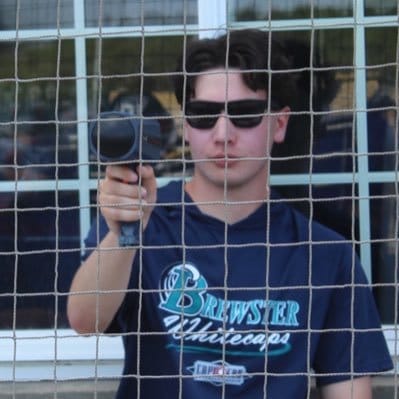
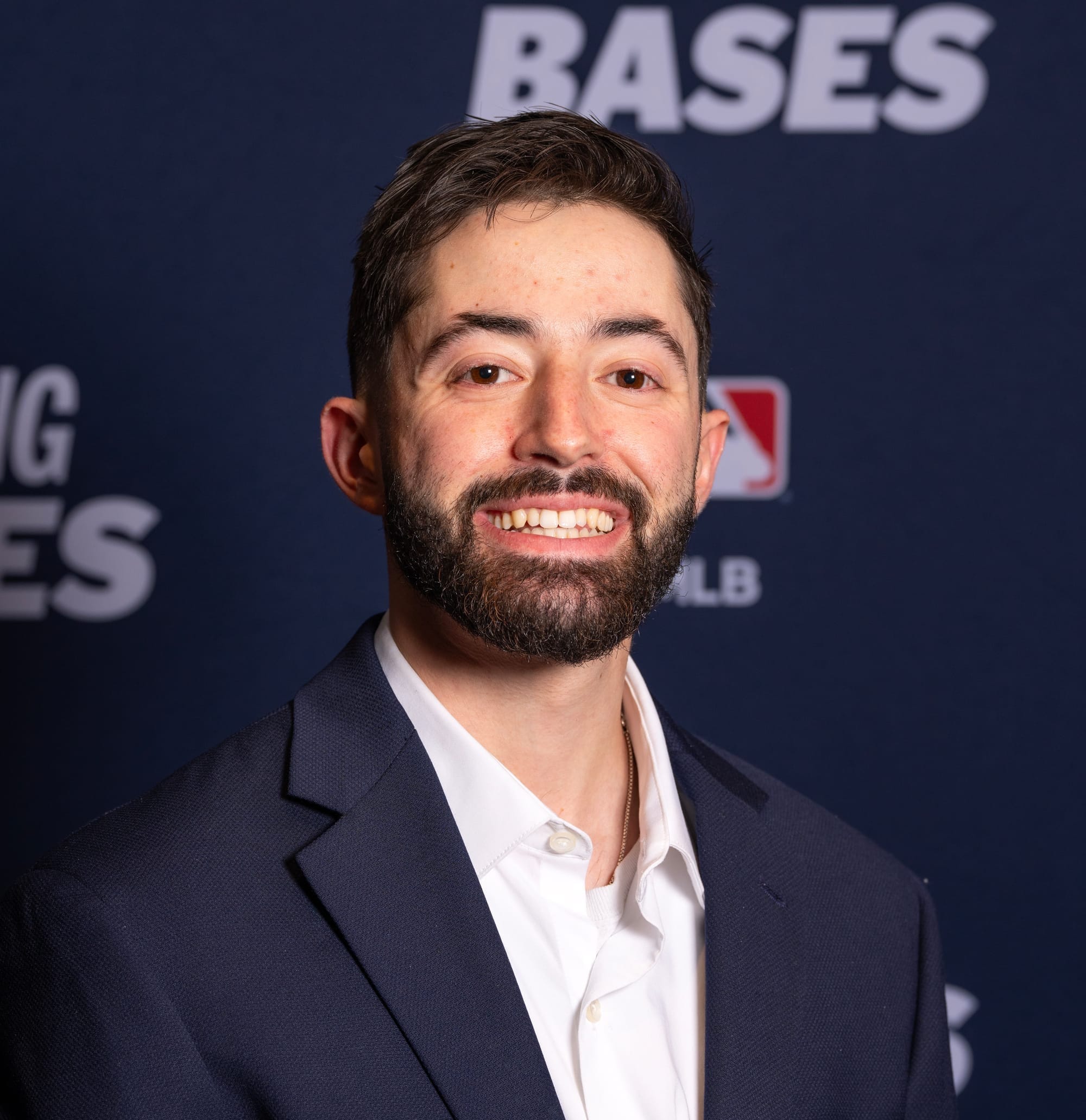
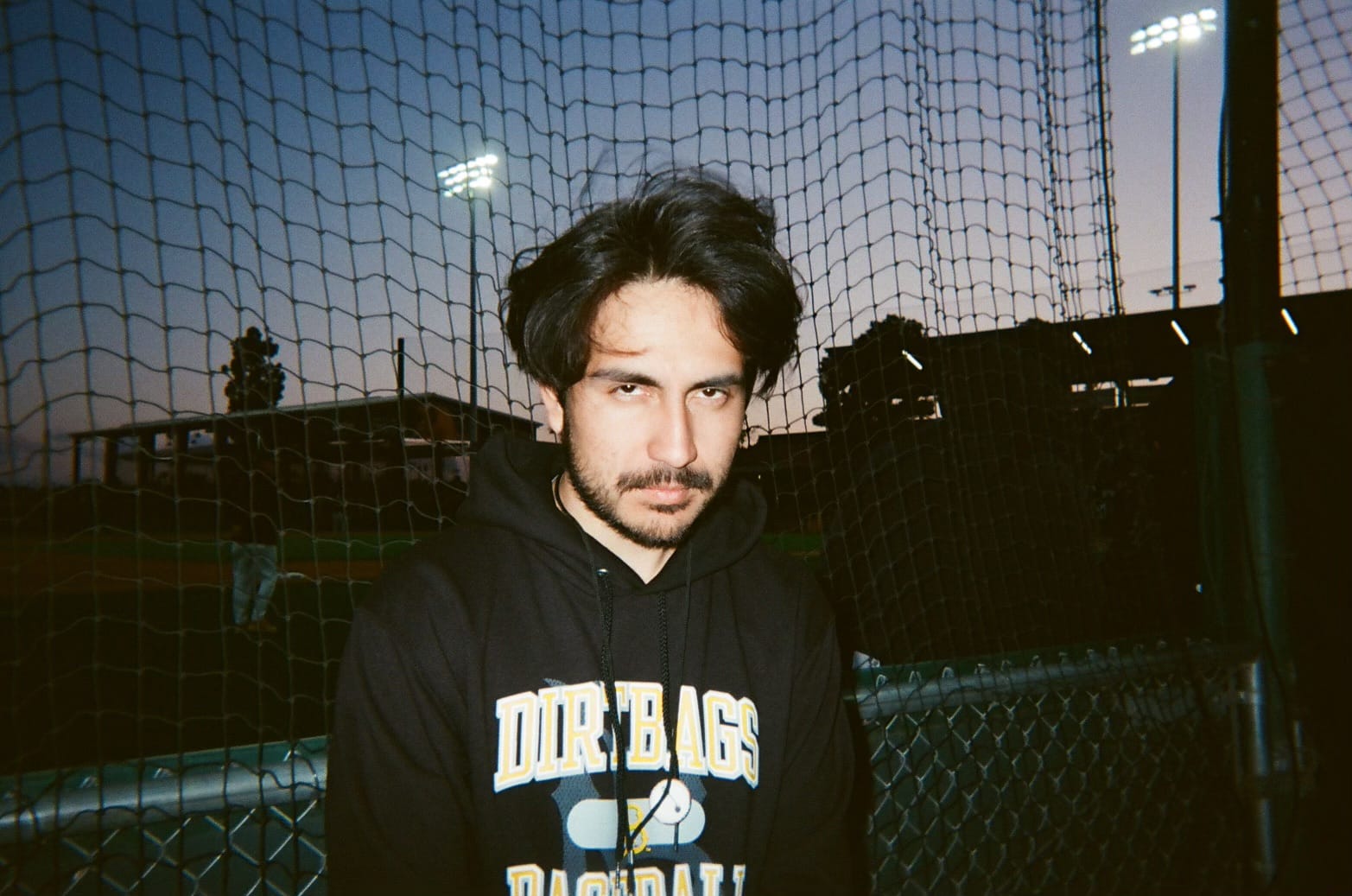





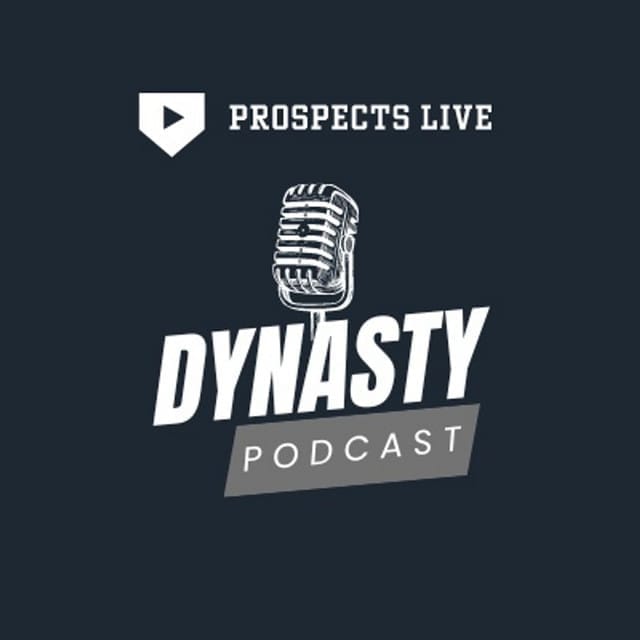

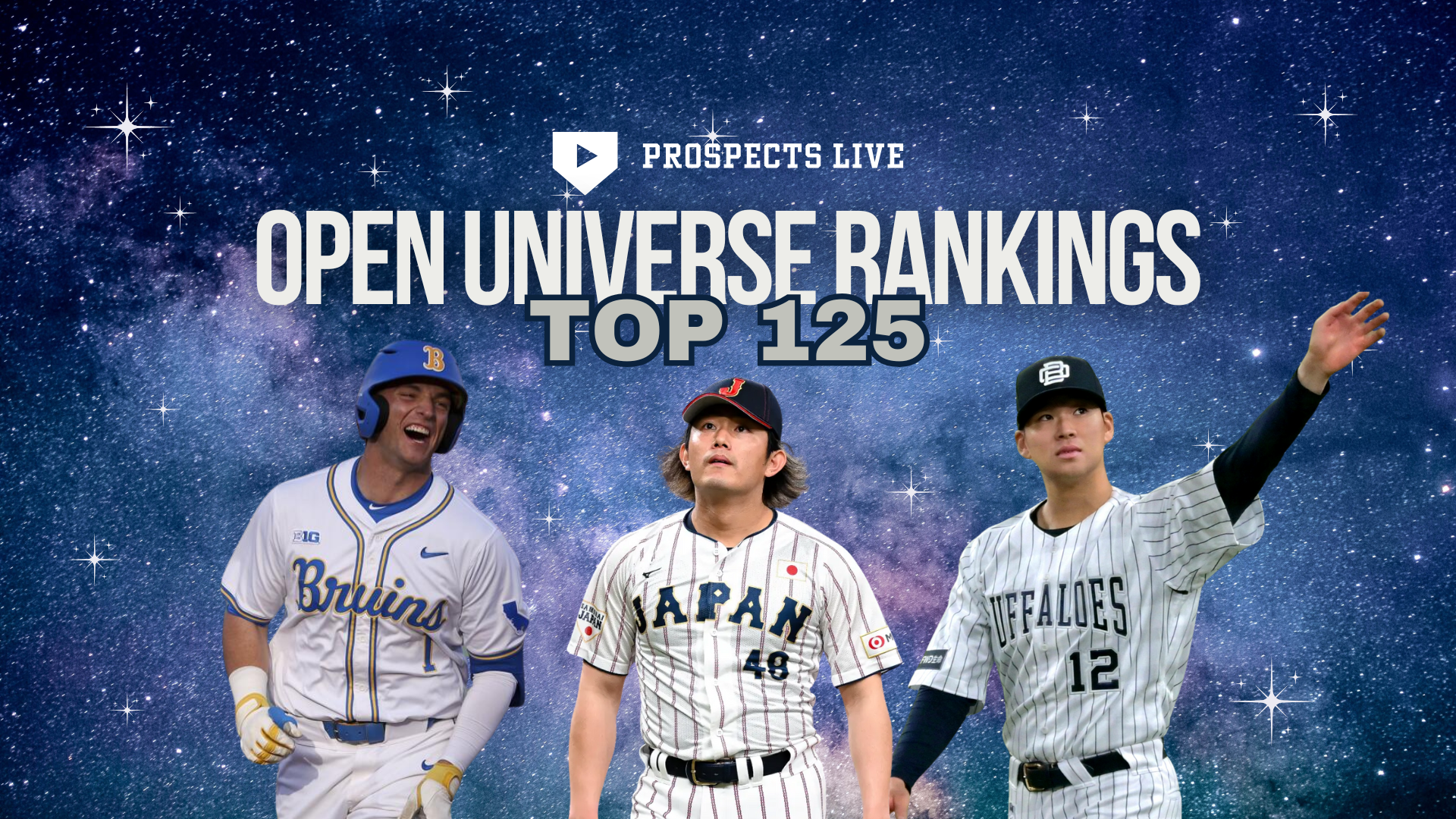
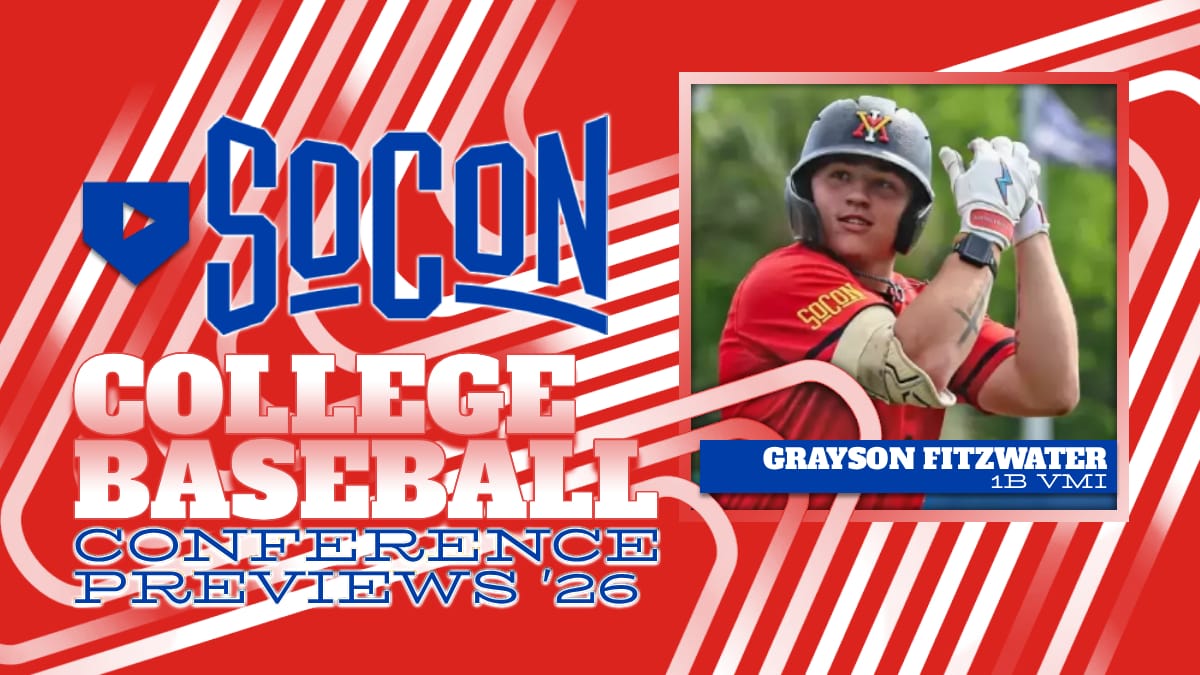
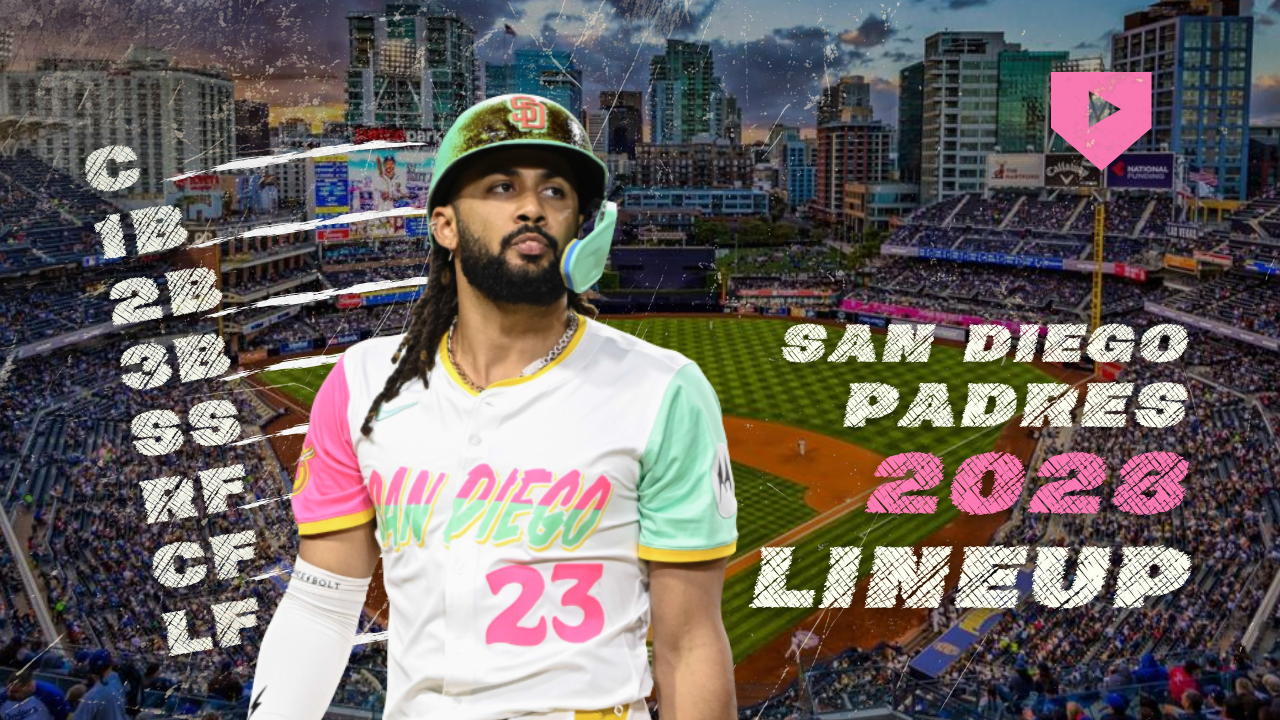
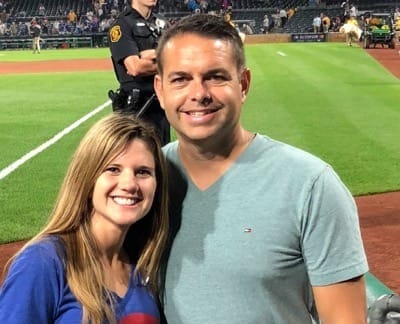

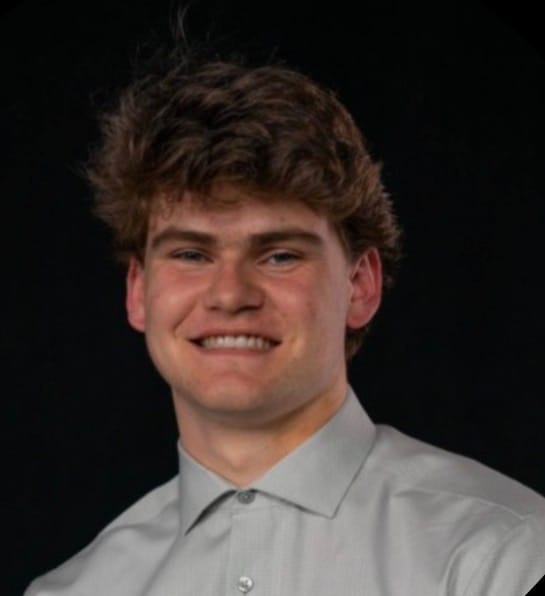
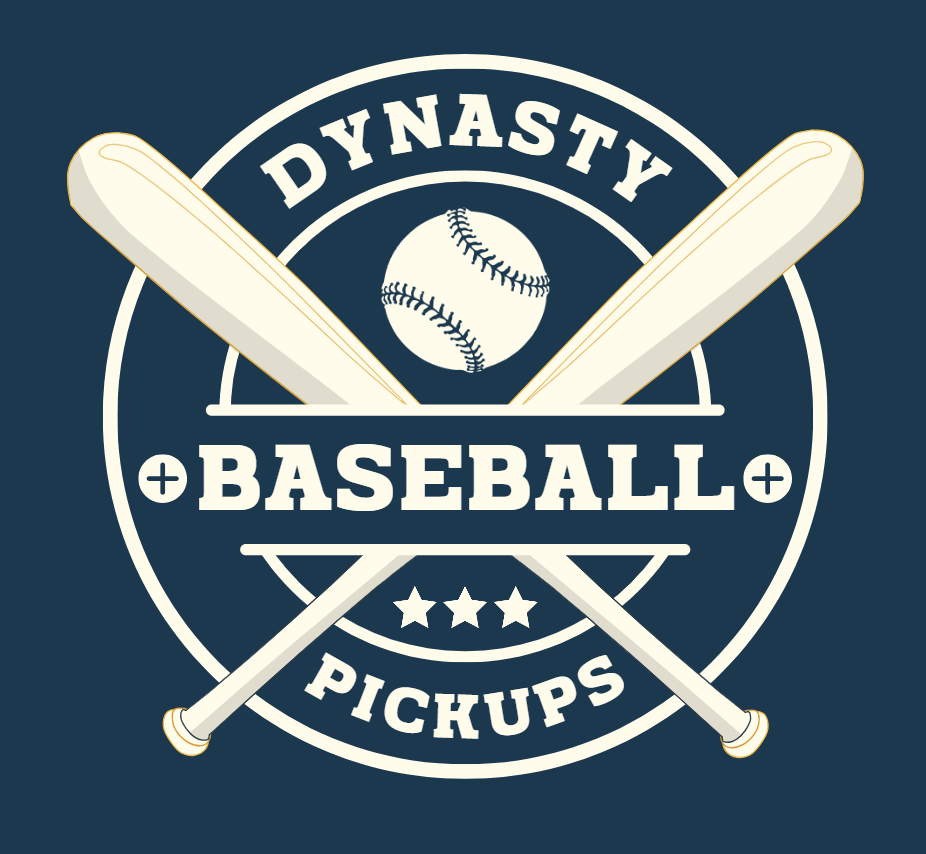

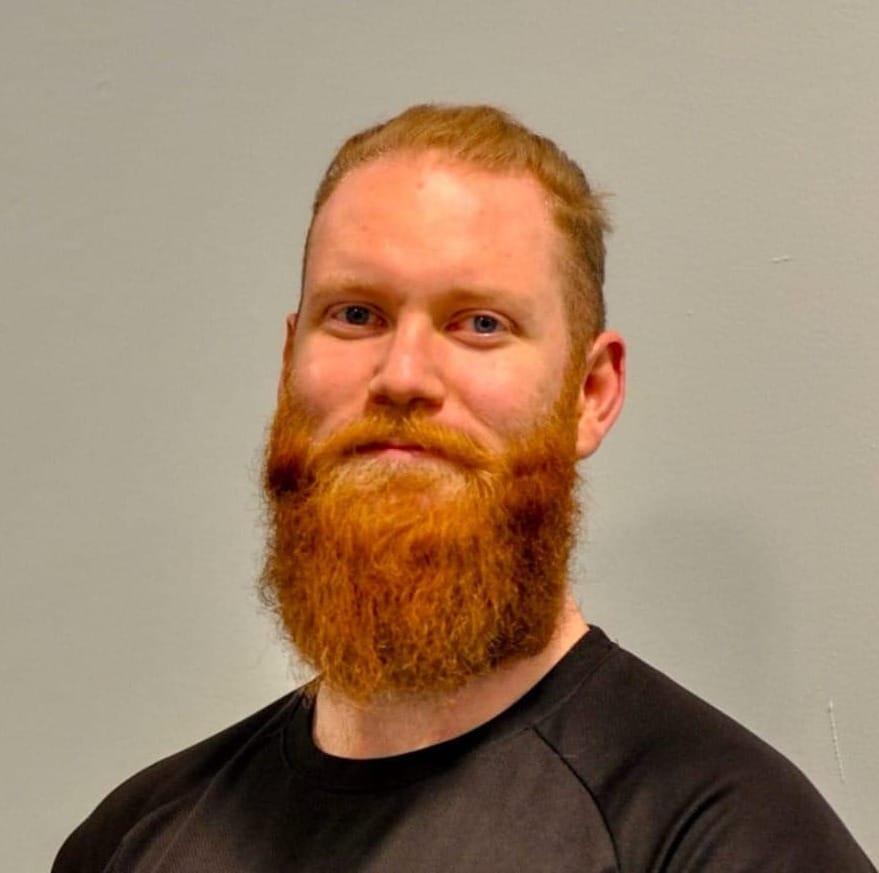

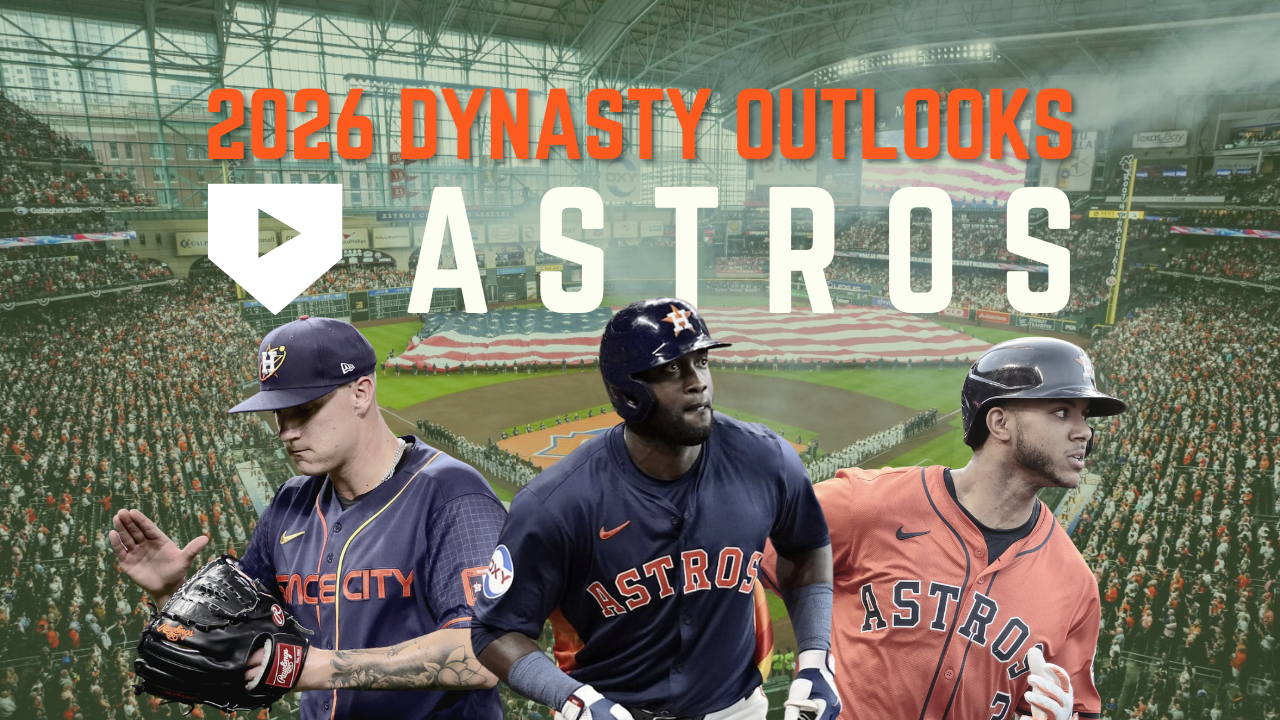
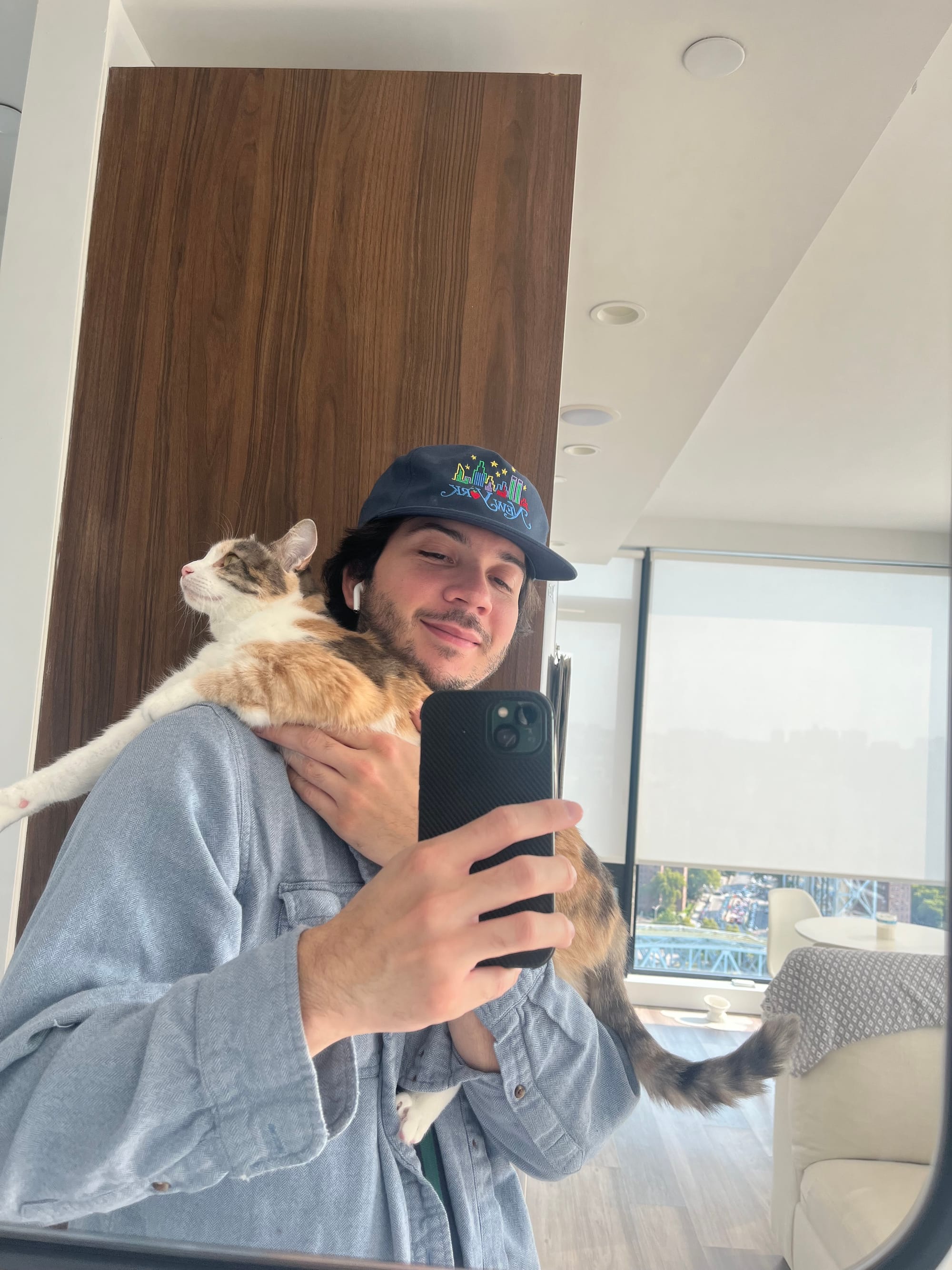
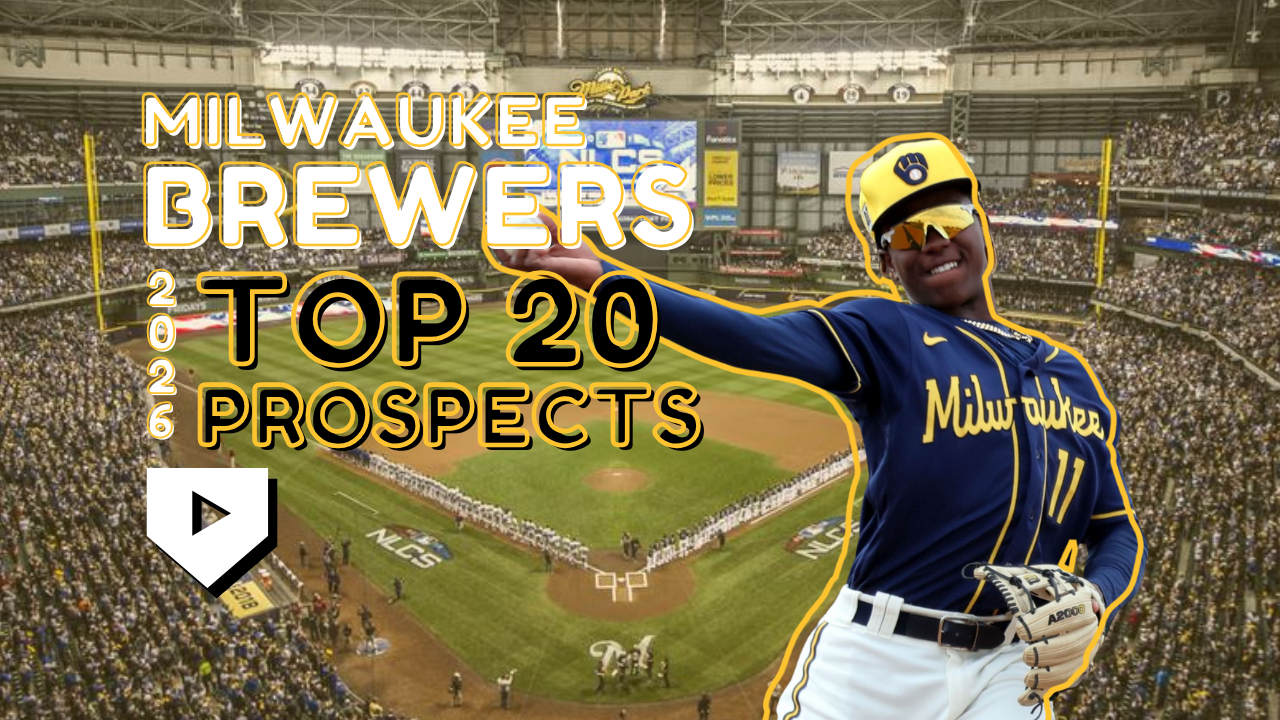
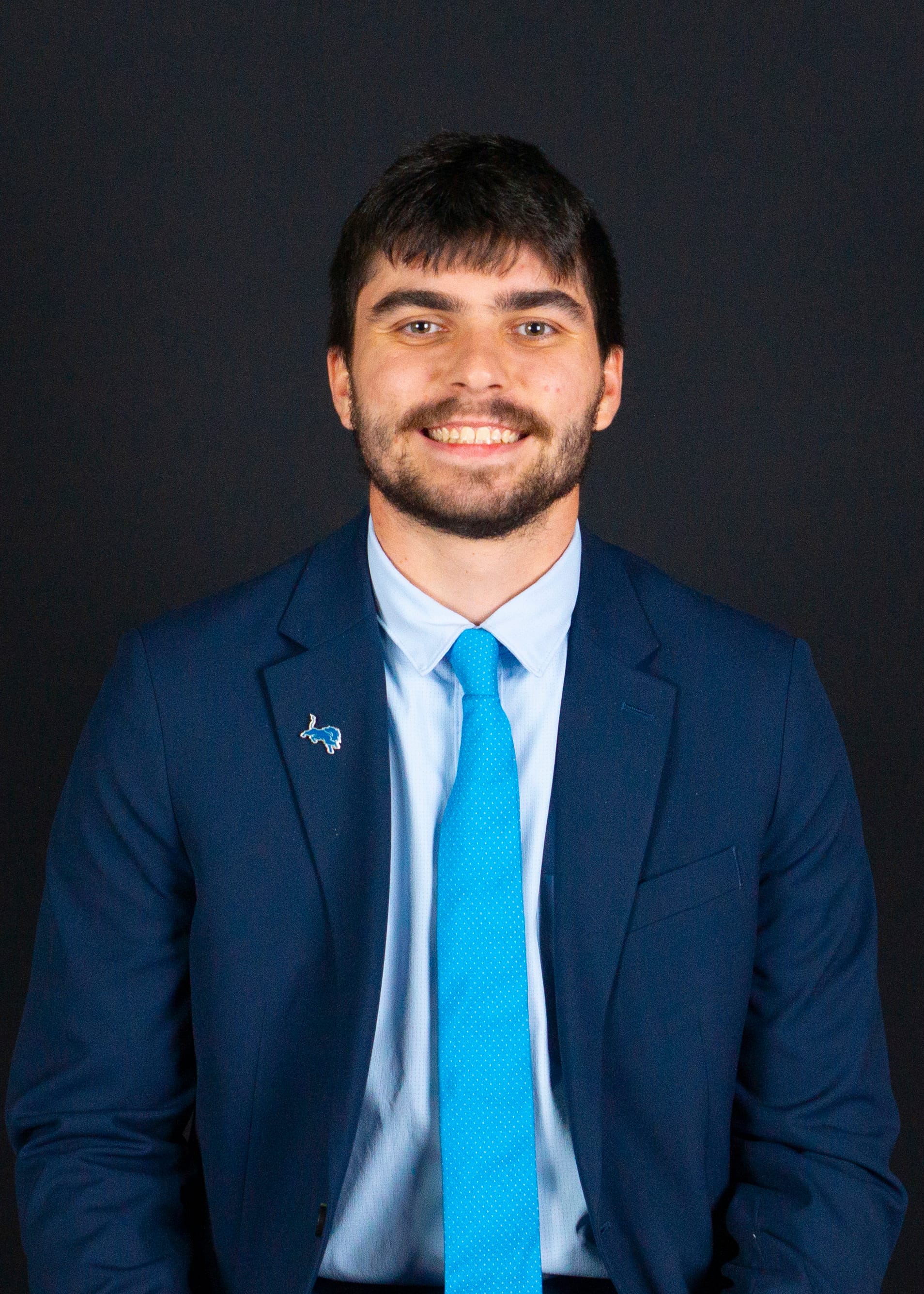

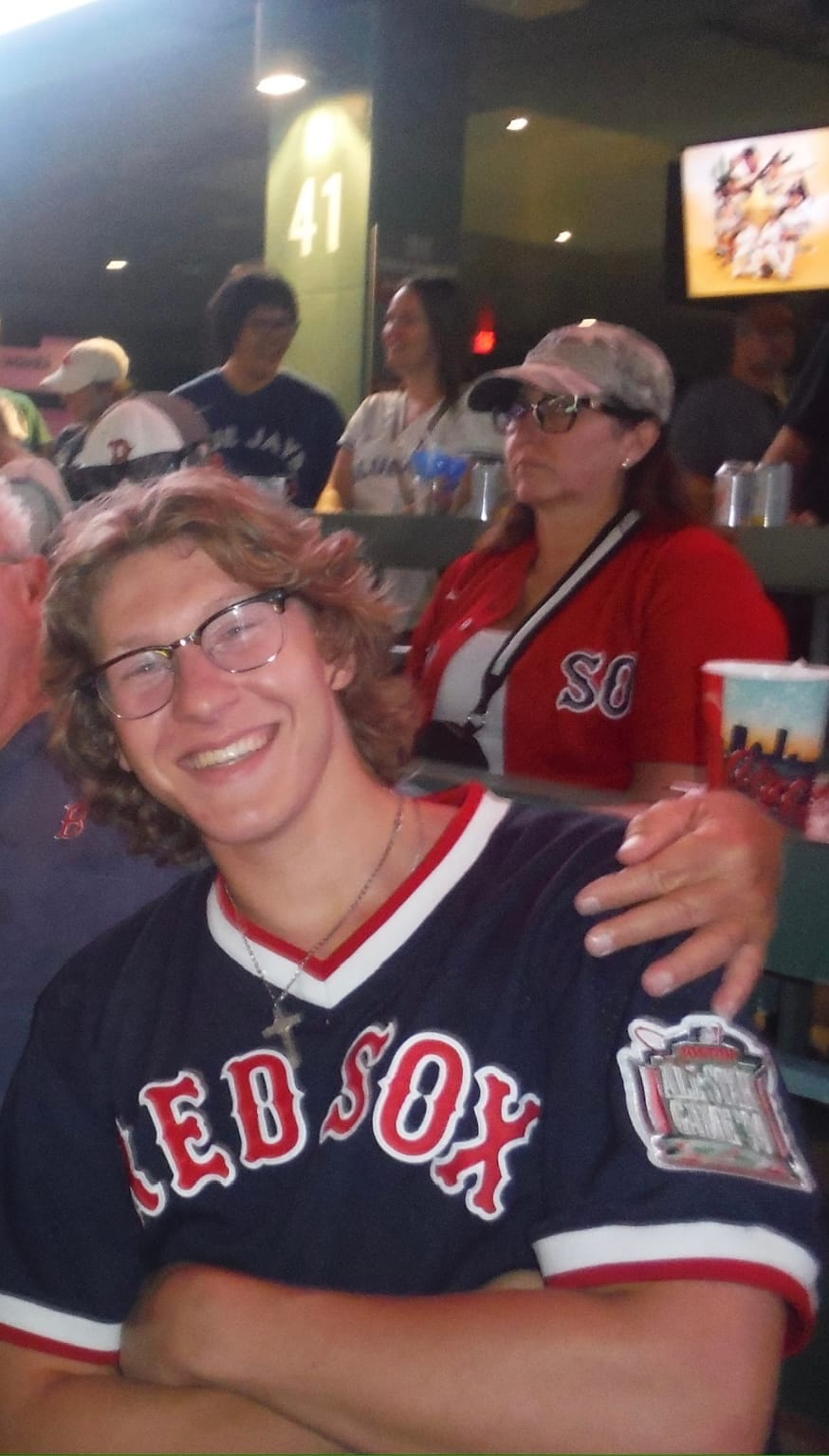
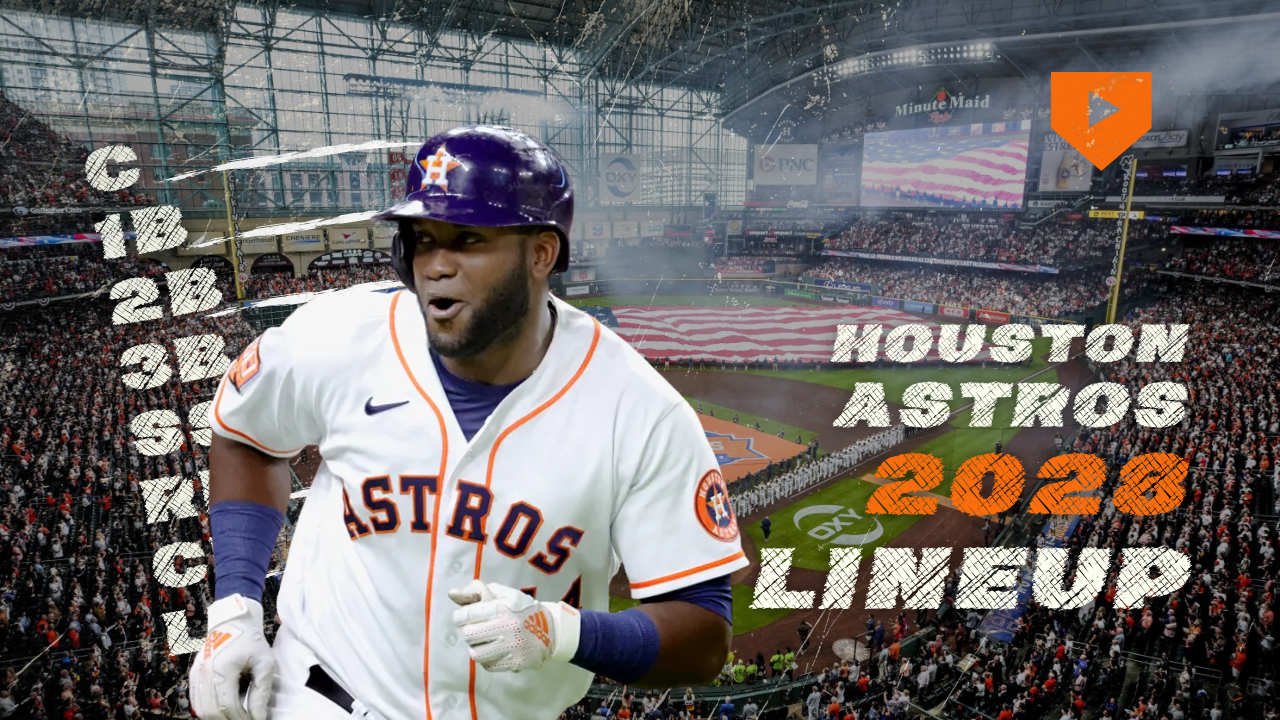
Discussion